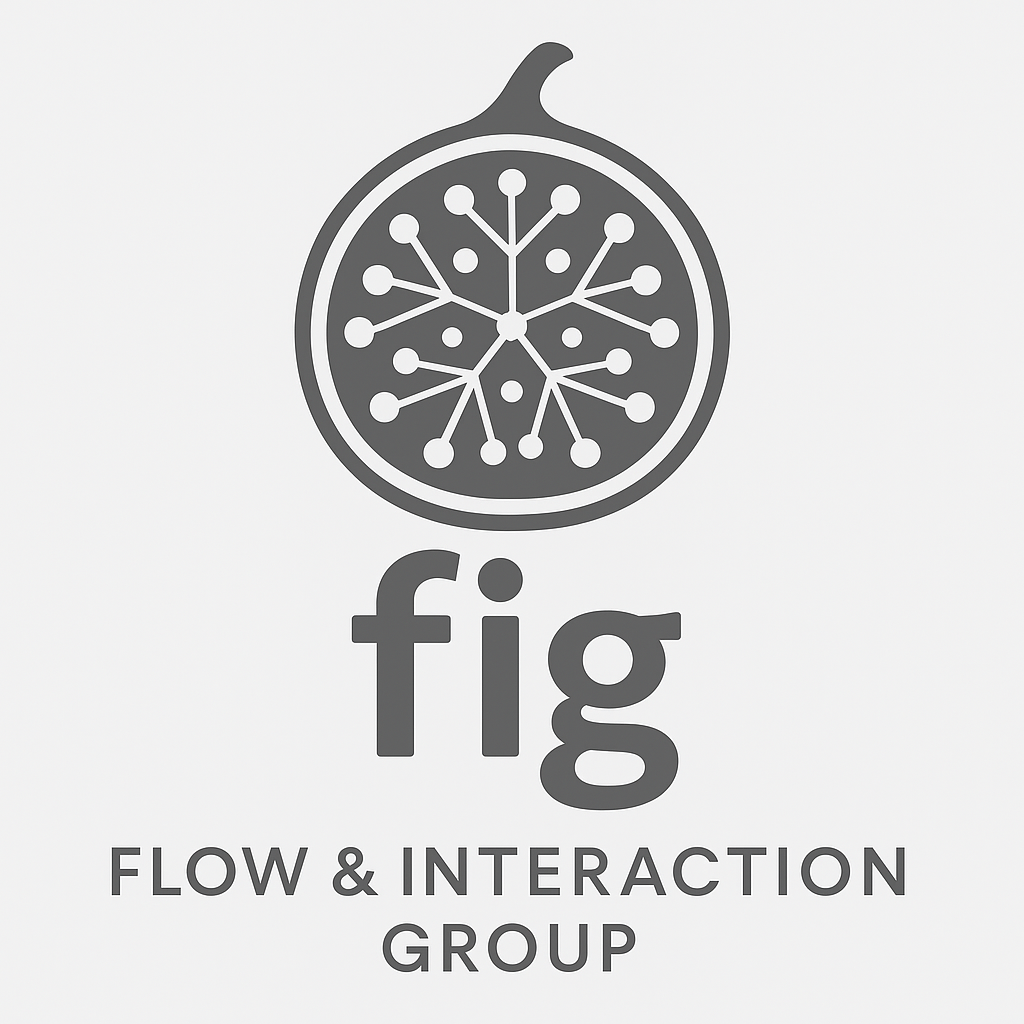From Touch to Insight: Teaching Complex Charts with Tactile Models
We asked ourselves whether tactile charts can help blind or partially sighted people learn to understand more complex visualizations. While most accessibility work has focused on simple bar or line charts, professional and scientific contexts often rely on more advanced forms such as UpSet plots, clustered heatmaps, violin plots, and faceted line charts. To address this gap, we worked closely with colleagues at the Visualization Design Lab, University of Utah, to design 3D-printed tactile template charts and accompanying exploration instructions for these chart types.
Through an interview study with 12 blind participants, we found that tactile templates make a real difference in building mental models of unfamiliar chart types. Participants valued the ability to explore spatial layouts and shapes by touch, which helped them interpret alternative text more effectively when applied to new datasets. Compared to text-only training, tactile charts were consistently preferred, described as more engaging and easier to learn from.
We see these tactile templates not only as data representations but also as educational tools. By supporting transferable knowledge of chart types, they have the potential to improve visualization literacy, expand access to scientific communication, and foster more inclusive collaboration between blind and sighted colleagues.

